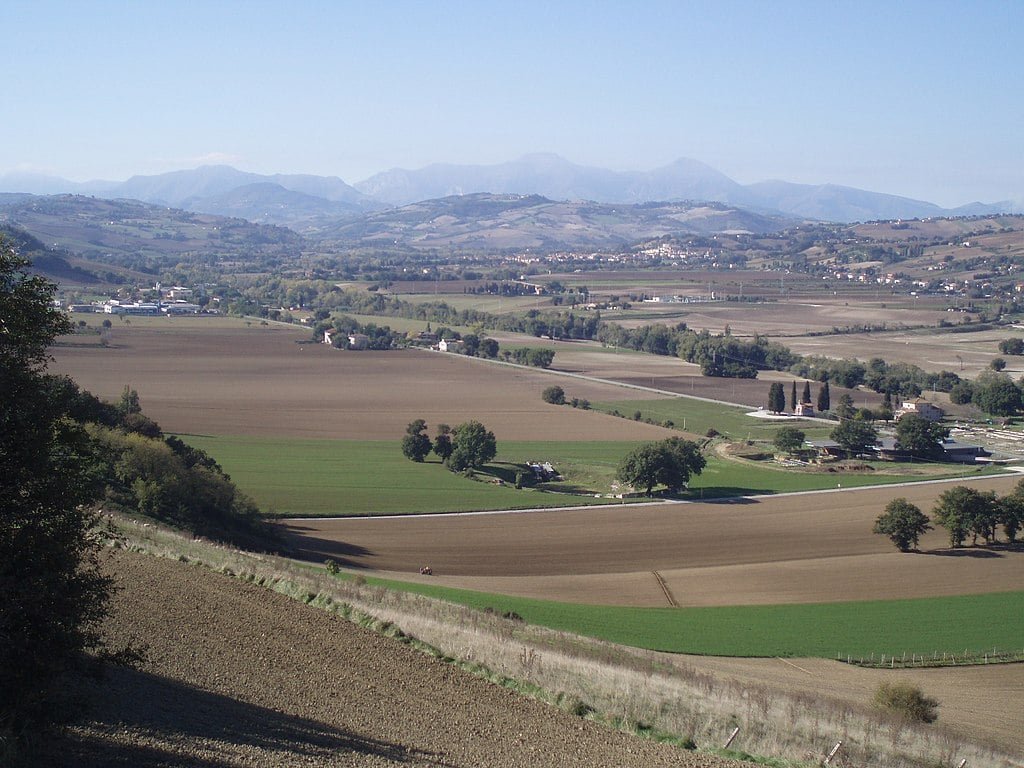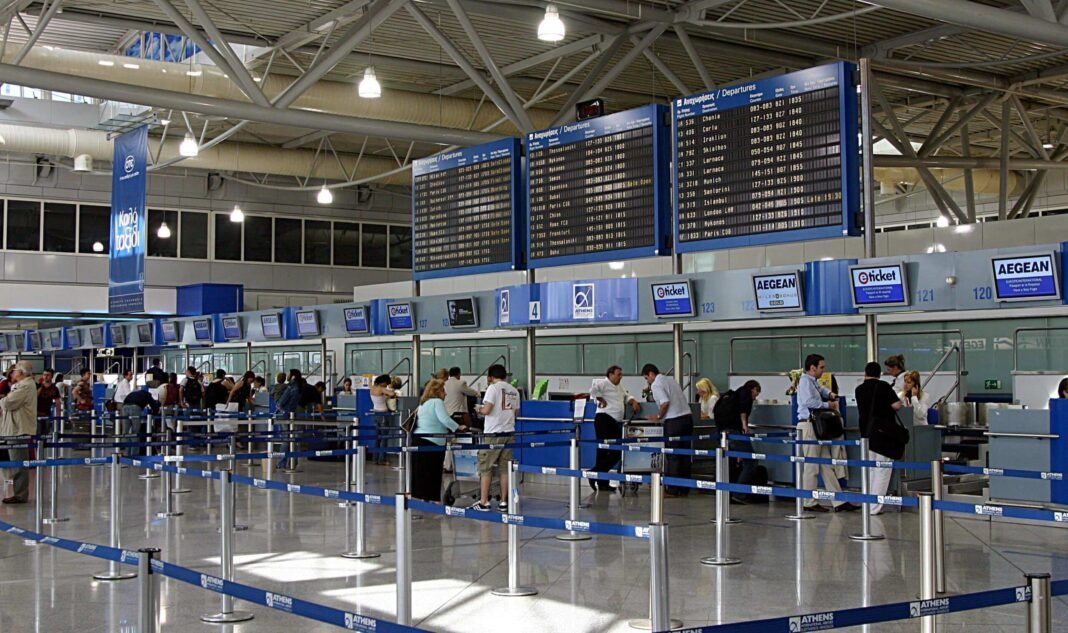
Archaeologists from the University of Bologna, Italy, have uncovered a vast Roman production district in the ancient city of Suasa, revealing deep structures and an exceptional collection of artifacts along the site’s main road.
The discovery was made during the most recent excavation campaign in the Marche region’s Cesano Valley. Approximately 40 students from the university’s Departments of History, Culture and Civilizations, and Cultural Heritage participated in the dig, which focused on understanding the city’s outer limits and its transition toward the necropolis.
Surveying the city’s boundaries
Enrico Giorgi, professor of archaeology at the University of Bologna and director of the mission, said the team’s primary objective was to investigate the boundaries between the settlement and burial grounds. Researchers began with non-invasive surveys, including drone photography and geophysical scans, before starting full excavation.
The work revealed an extensive production district, with structural remains that descend more than five meters (16.4 feet). Among the finds were hundreds of coins and several vessels that have survived almost intact, providing rare insights into Suasa’s economic activity.
Le nuove scoperte archeologiche nell’antica città romana di Suasa — UniboMagazine
https://t.co/VRxPJgSnb8— rogueclassicist ~ david meadows (@rogueclassicist) July 29, 2025
Collaboration and leadership
The excavation was carried out in coordination with the Superintendency of Archaeology, Fine Arts, and Landscape for the provinces of Ancona, Pesaro, and Urbino. It also received support from the Municipality of Castelleone di Suasa and the university’s Alma Scavi Project.
Archaeologists Alessandro Campedelli and Anna Gamberini led the field operations, supervised by Ilaria Venanzoni of the Superintendency.
The ancient town of Suasa (Marche, Italy), founded in the 3rd century BC. Love this view of the 1st century AD amphitheatre and theatre revealed by perfect cropmarks.#aerialphotography #archaeology https://t.co/M0r8Dh6AfG pic.twitter.com/uaKd6iF2Ky
— Chiara Botturi (@botturi_chiara) August 5, 2018
A city shaped by war and roads
Suasa was founded after the Battle of Sentinum in 295 BCE, when Rome and its allies defeated a coalition of Etruscans, Samnites, Senonian Gauls, and Umbrians. The victory secured Rome’s control over Central Italy and paved the way for new settlements such as Suasa.
Initially a modest administrative center, Suasa grew steadily due to two key Roman roads — the Via Flaminia and the Via Salaria Gallica — that crossed its territory.
The city reached its peak in the late first century BCE, when it became a municipium with self-governing magistrates. Monumental public and private buildings, including forums and residences, were constructed during this period.
Long-term archaeological mission
The University of Bologna has conducted research at Suasa since 1987, uncovering major structures, like a domus with mosaics, a horseshoe-shaped commercial forum, and the largest amphitheater in the Marche region. A nearby theater was later identified through aerial surveys.
Excavations have also mapped the city’s necropolises, and the recently-discovered production district lies in the zone connecting the urban center to these burial areas.
Suasa remained a vital hub until the mid-Imperial period but declined from the third century CE onward. By the sixth century, it was abandoned as communities shifted to nearby hills, leaving behind the remains now coming to light.

